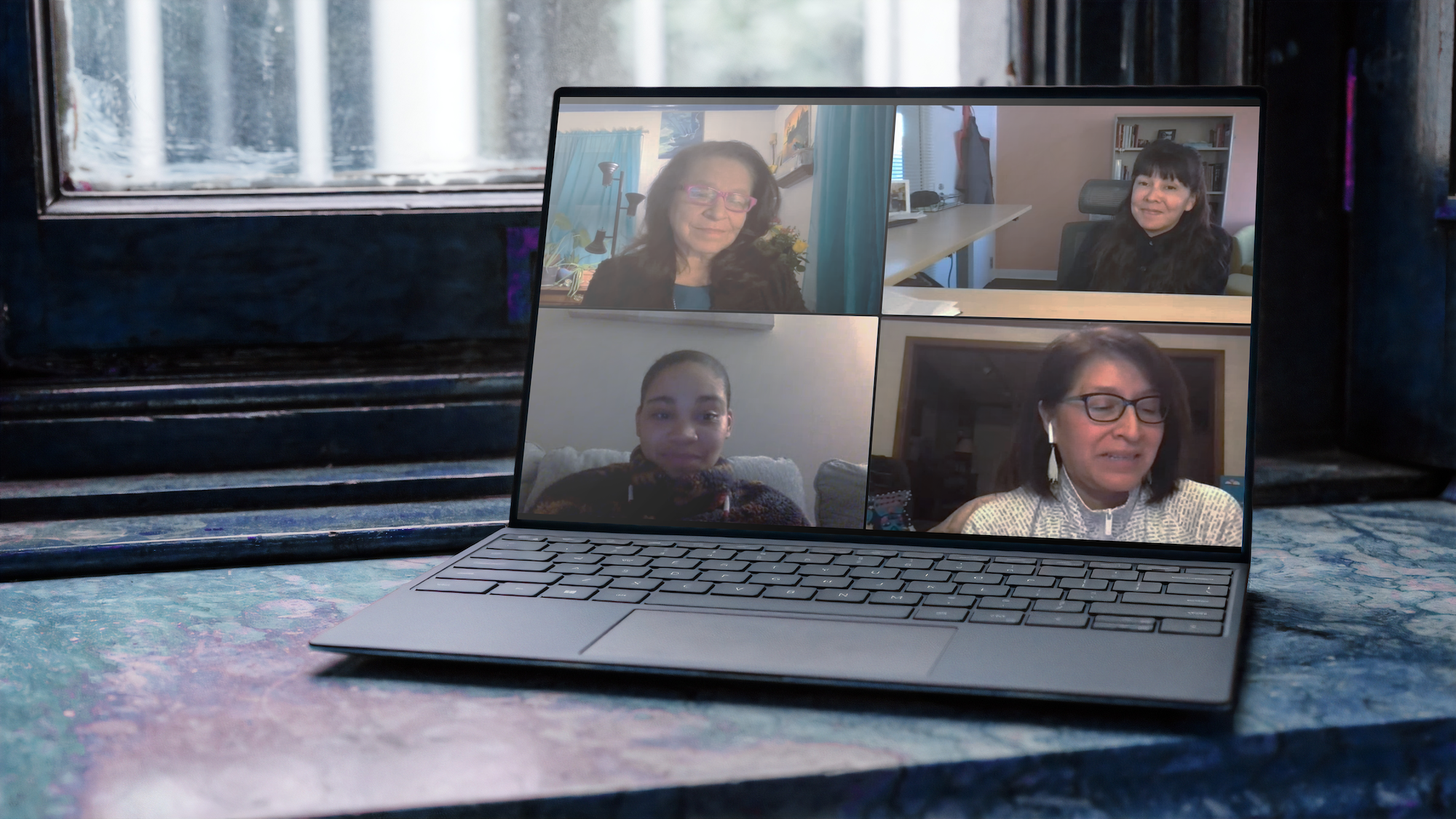Indigenous writers share readings and conversation
The writers read aloud their own excerpts and discussed the experience and hardships of being a Native American writer.

Adam McPhail, Contributing Photographer
At a virtual event on Wednesday hosted by the Connecticut Literary Festival, Indigenous writers read excerpts from their own works and offered thoughts about what it means to a Native American author in the modern day.
Three authors, all representing different Indigenous nations, participated in one of the organization’s Lit Talks: Natasha Gambrell, a member of and Tribal Councilor of the Eastern Pequot Tribal nation; Marcie Rendon, a member of the White Earth Ojibwe nation; and Deborah Taffa, a member of the Quechan and Laguna Pueblo nations. During the hour-long discussion, the three authors touched on the struggles of being an Indigenous author and how they imbue their personal experiences into their stories.
“One of the things that I like is that the literary festival organizers picked people from three different genres,” Taffa said. “So we have poetry, fiction and nonfiction, and the demands that those things place on us, for me, is interesting — how we shape our stories and why we choose the stories that we choose.”
Each author shared a brief reading from one of their own works. Gambrell, a teacher and a graduate of Eastern Connecticut State University, read a poem entitled “They Were Celebrating.” Rendon, a renowned crime novelist, read selections from her award-winning novel “Girl Gone Missing.” Taffa, a director of the Master of Fine Arts in Creative Writing at the Institute of American Indian Arts in Santa Fe, New Mexico, read “My Cousin’s Backyard,” a nonfiction short story. The discussion was moderated by Sandy Grande, a professor of political science and Native American and Indigenous Studies at the University of Connecticut.
All authors agreed that writing is an important form of personal and tribal expression that allows their voices to be heard. Nevertheless, they also identified that it is difficult to publish literary works concerning Indigenous characters and themes. Often, they said, publishers are not as interested in their stories as they are in texts written by white authors.
Now, though, the authors concurred with Taffa, who said that they are trying to push back against typical narratives of Indigenous people. Not only are they writing stories about their Indigenous cultures — which, Rendon said, has not always been the case — they are also writing about new topics and sharing the stories of those who have not been characterized before.
“I feel like we deserve to have narratives and counter-narratives,” Taffa said. “So nothing I’m saying is prescriptive in terms of what I tell other people I think they should do. What I have to grapple with is my own family and my own stories.”
One theme, in particular, that is often associated with the writing of Indigenous people is trauma. Some of the authors were conflicted about the relationship between trauma and their writing. Taffa said that, when she was writing her novel, many publishers and literary agents expected her to focus on the trauma of her experience growing up as an Indigenous person in the United States. Taffa, however, wanted to write about the growth and healing she has since experienced as an adult. Grande also noted that sometimes it is hard to distinguish or separate trauma from joy, as they are so intertwined in the Native American experience.
For Gambrell, trauma was initially the source of many of her works. For example, on Oct. 12, 2005, the United States Department of the Interior refused to acknowledge the existence of her tribe, the Eastern Pequot in Connecticut. Gambell explained that this event inspired her, specifically, to write the poem she read aloud. Feeling powerless, Gambell said that poetry gave her an outlet to share her perspective. Now, she said that she is moving away from using trauma as the primary emotional source for her poetry.
“As much as I write about trauma, I have had to step away from that at times because I am more than trauma,” Gambrell said. “When I write poems now, I look to the stories of my elders. I love to talk about those strong warriors that were here and are no longer here but allow for me to be here.”
While they all agreed that Indigenous writers, in general, are not as well known as they ought to be, some expressed optimism about the future of Native American literature.
“I think that with the internet and Zoom and all the new technology, it’s much easier for Native people across the continent to connect and to find each other’s work,” Rendon said.
In Connecticut, schools will be required to teach Native American studies by the 2023-24 academic year. With legislative change and growing audiences, the authors were hopeful that Indigenous voices would continue to proliferate and establish themselves as a critical part of studied literature. For Taffa, people should read and care about Indigenous voices all the time rather than as a “trend.”
“[Indigenous authors’ writing] is not always in the public eye or being of interest, from the white gaze, but absolutely it’s always there and always growing,” Grande said.
The Connecticut Literary Festival’s Lit Talks are produced by students and staff of Central Connecticut State University.







